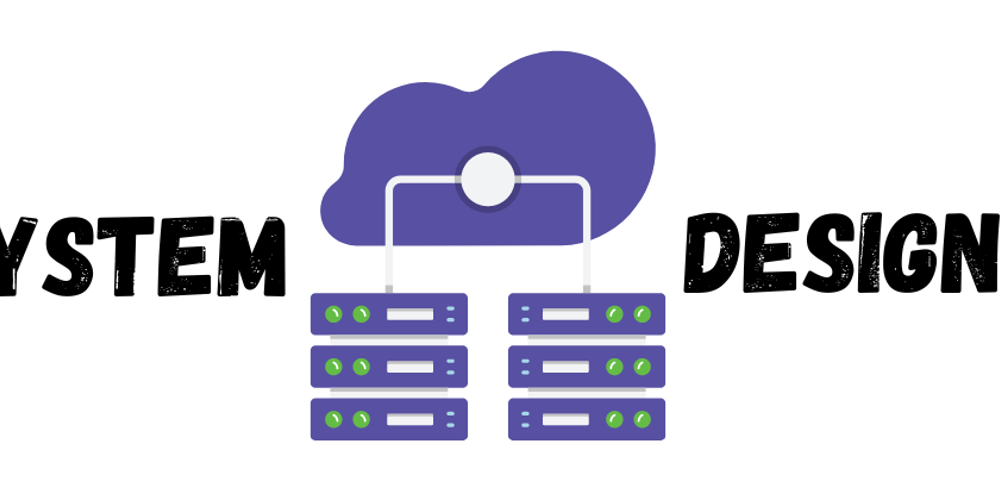
10 Simple Concepts to Improve Your System Design Skills

y mastering these 10 system design concepts, you'll be better equipped to build robust, scalable, and efficient applications
In this blog, you'll learn 10 essential system design concepts that will enhance your understanding and help you build better applications.
1. Vertical Scaling
Vertical scaling, or "scaling up," involves optimizing the processes and increasing the throughput of an application using the same resources. It typically means adding more power(like CPU or memory) to an existing machine to handle a greater workload.
2. Horizontal Scaling
Horizontal scaling, or "scaling out," means adding more resources by increasing the number of machines or servers . The load is divided among these machines to handle increased traffic or data. This approach is more flexible and cost-effective for growing systems.
3. Preprocessing
Preprocessing involves planning and executing tasks during non-peak hours to reduce the load during high-traffic periods. This strategy can improve response times and system efficiency by preparing data or processes in advance.
4. Backups
Backups are essential for maintaining data integrity and avoiding single points of failure. Regular backups ensure that, in the event of a system failure, data can be restored quickly, minimizing downtime and data loss.
5. Microservice Architecture
Microservice architecture involves breaking down a large-scale application into smaller, independent services that are loosely coupled and focused on specific tasks. This approach improves scalability, maintainability, and flexibility, allowing teams to develop, deploy, and scale each service independently.
6. Distributed Systems
A distributed system is one where components are located on different networked computers that communicate and coordinate their actions by passing messages. This makes the application more scalable, fault-tolerant , and resilient, as each part can operate independently.
7. Load Balancer
A load balancer efficiently distributes incoming network traffic across multiple servers. It ensures that no single server becomes overwhelmed, leading to improved performance, reliability, and availability of your application.
8. Decoupling
Decoupling, or the "separation of concerns," refers to designing system components in a way that minimizes their dependencies on each other. This makes the system more modular, easier to maintain, and more adaptable to changes.
9. Metrics and Logging
Metrics and logging involve tracking system performance, user behavior, and error reporting. Proper logging and analytics enable quick identification and resolution of issues, facilitate debugging, and help in making data-driven decisions for further improvements.
10. Extensibility
Extensibility is the ability of a system to accommodate future growth and changes with minimal rework. Designing a system to be extensible allows it to integrate new features, technologies, or components without significant overhauls.
By mastering these 10 system design concepts, you'll be better equipped to build robust, scalable, and efficient applications that can adapt to changing demands and grow alongside your needs.

